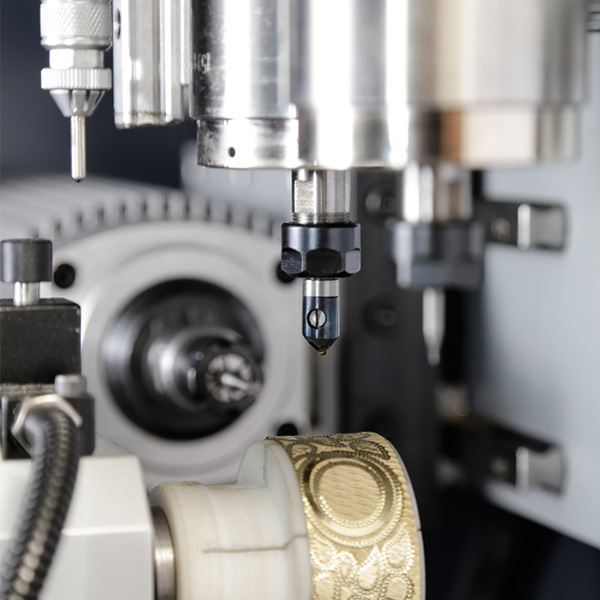Jewelry making is an industry that has been around for centuries. It has transformed materials like metals, precious stones, and even plastics into an artistic and unique piece. Like in any other industry, the tools used in making these beautiful pieces of jewelry have also evolved. Today, new technologies like 3D printing can produce finished products in metal. But the most significant among these methods that are making a splash in jewelry making is CNC machining.
Read this article to look at the various solutions that the aforementioned process is providing to modern jewelers.

Making jewelry with CNC machines*
Creating the Mold with CNC Machining
The most common method in making rings and pendants is through metal casting, more likely wax casting. In this method, the wax model will be entrapped inside a plaster block. This block is then put inside a kiln until the wax model vaporizes. What will be left is the plastic mold where the liquid metal will be poured. When the metal cooled down, the plastic mold is removed and what is left is the metal that is a copy of the mold. This is now ready for the next process.
The more traditional method that experienced jewelry models used is handcrafted wax models. They used carving tools of a different kind to create a mold with great accuracy and precision. However, making the models are prone to human error and is time-consuming. This also leads to pieces of jewelry that are different from one another.
To eliminate this error, jewelry makers are using CNC machining to create the mold. Using the traditional method will take them 6-8 weeks to complete an order, but with CNC machining, it can cut down the time and the cost to create pieces of jewelry.
CNC Machining and Master Models
Metal casting is the most popular method used to create pieces of jewelry, and manufacturers are improving the process of making the mold to put things to speed. Hence, instead of carving the mold from wax, they are using CNC machines. CNC machining allows them to create more intricate and precise designs as compared to making them by hand.
Now engraving can be done even before casting, and the machines can operate faster because it uses CAD files. Some of the CNC machining processes involved are turning, milling, and water jet. The only challenge that jewelry makers encounter when using machining is the wax material. Since the wax is soft, it can melt when the mechanical tools accidentally heat up. To counter this, they use machines that are equipped with special cooling systems that would prevent deformities.
Other types of jewelry no longer need lost wax casting. Instead, it uses molds that can accommodate plastics, softer metals, and metal powders. CNC machines can make molds with different materials including steel. The design can easily make an impression on a block of material while the machine works on it. This method is more cost-effective and faster to create.
Conclusion
Nowadays, CNC machining is not only used to create molds. It is also employed to make end-use jewelry like pendants, bracelets, and rings. Modern jewelry makers have custom CNC machines that operate without using casting methods. It not only offers them time and cost savings but also plenty of design advantages.
Reference
*Image from https://www.bulunmaz.com/
